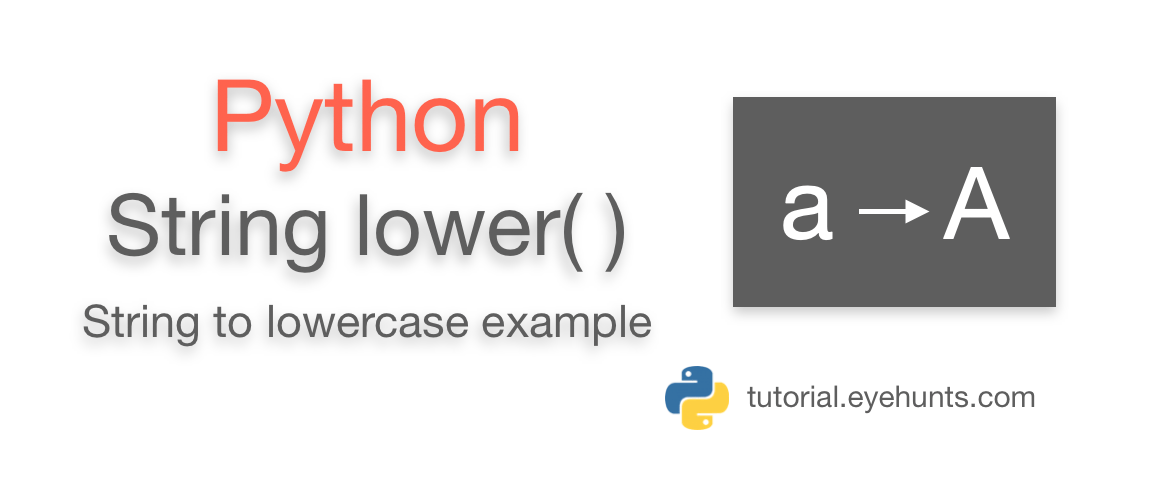
That mapping incorporates internally the derived results of iteratedĬase folding and NFKD normalization. Such as U+3392 square mhz may result in a sequence of alphabetic characters which mustĪgain be case folded (and normalized) to be compared correctly.Ĭaseless matching for identifiers can be simplified and optimized by using the NFKC_-Ĭasefold mapping. NFKD(toCasefold(NFKD(toCasefold(NFD(Y)))))Ĭompatibility caseless matching requires an extra cycle of case folding and normalizationįor each string compared, because the NFKD normalization of a compatibility character NFKD(toCasefold(NFKD(toCasefold(NFD(X))))) = Makes use of the following definition for compatibility caseless matching: A string X is a compatibility caseless match for a string Y if and only if: In some instances, implementers may wish to ignore compatibility differences betweenĬharacters when comparing strings for case-insensitive equality. In practice, optimized versions of canonicalĬaseless matching can catch these special cases, thereby avoiding an extra normalization Normalization is not required before caseįolding, except for the character U+0345 n combining greek ypogegrammeni and anyĬharacters that have it as part of their canonical decomposition, such as U+1FC3 o greek Decimal: pydantic attempts to convert the value to a string, then passes the. The invocations of canonical decomposition (NFD normalization) before case folding inĭ145 are to catch very infrequent edge cases. pydantic supports many common types from the Python standard library. NFD(toCasefold(NFD(X))) = NFD(toCasefold(NFD(Y))) Matching: D145 A string X is a canonical caseless match for a string Y if and only if: Requirement for normalization is covered in the following definition for canonical caseless In principle, normalization needs to be done after case folding,īecause case folding does not preserve the normalized form of strings in all instances. Simply doing a binary comparison of the results of case foldingīoth strings will not catch the fact that the resulting case-folded strings are canonicalequivalent sequences. Whereas the case folding of the sequence is the sequence. Letter a with ring above is U+00E5 å latin small letter a with ring above, For example, the case folding of U+00C5 Å latin capital When comparing strings for case-insensitive equality, the strings should also be normalized for most correct results.

#Convert string to lowercase python full
The definitions of Unicode Default Caseless Matching build on theĭefinitions of Unicode Default Case Folding.ĭefault Caseless Matching uses full case folding: A string X is a caseless match for a string Y if and only if: Here comes the question, what is caseless matching? Unicode Default Caseless Matchingĭefault caseless matching is the process of comparing two strings lower () True > casefold ( k1 ) = casefold ( k2 ) True
#Convert string to lowercase python code
lower () False # Becare about this two 'K', they are different in upper case > k1 = 'K' # The first 'K' code point is 0x212A > k2 = 'K' > hex ( ord ( k1 )) '0x212a' > hex ( ord ( k2 )) '0x4b' > k1 = k2 False > k1.

> import unicodedata > def casefold ( s ). NFKC_Casefold provides a mapping designed for best behavior when doing caseless matching of strings interpreted as identifiers.Įxample usage of lower() and casefold() in python: Python’s casefold() implements the Unicode’s toCasefold(). Since it is already lowercase, lower() would do nothing to ‘ß’ casefold() converts it to “ss”. For example, the German lowercase letter ‘ß’ is equivalent to “ss”. Casefolded strings may be used for caseless matching.Ĭasefolding is similar to lowercasing but more aggressive because it is intended to remove all case distinctions in a string. The lowercasing algorithm used is described in section 3.13 of the Unicode Standard. Return a copy of the string with all the cased characters 4 converted to lowercase. To use the lower () method in Python, we first need to have a string that we want to convert to lowercase. Python defined to two functions str.lower() and str.casefold() can be used to convert string to lowercase: str.lower() Next, you’ll see the steps to apply the above syntax in practice.Starting with Python 3.0, strings are stored as Unicode. You may use the following syntax to change strings to lowercase in Pandas DataFrame: df.str.lower()


 0 kommentar(er)
0 kommentar(er)
